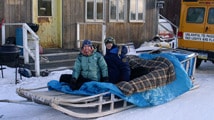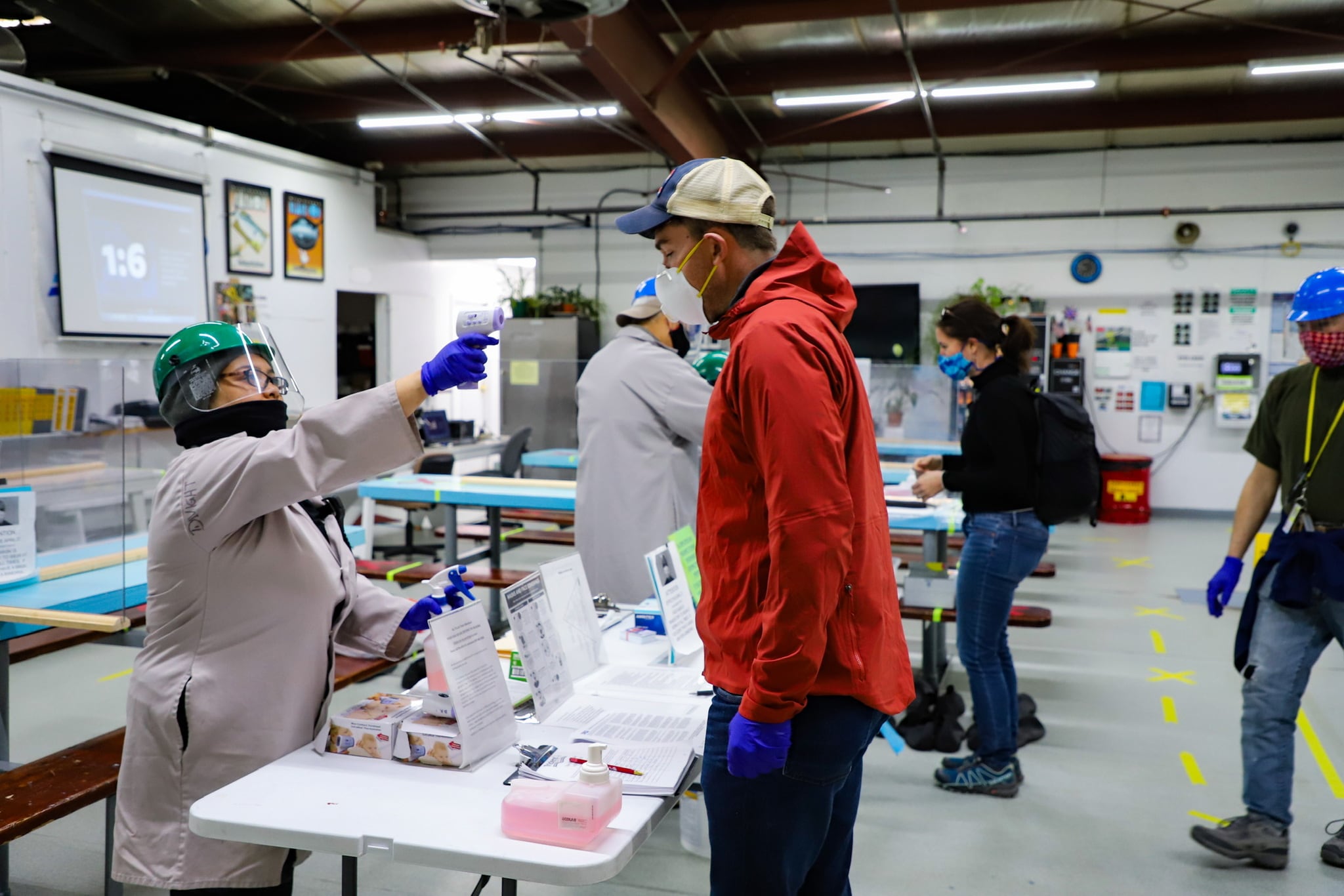Key points
- AIP is dedicated to improving the health of people in the Arctic and sub-Arctic regions.
- AIP promotes health equity with a focus on indigenous populations.

Why it matters

For more than 50 years, CDC's Arctic Investigations Program (AIP) has collaborated with key public health partners including Alaska Tribal Health Organizations, the State of Alaska Department of Health, and other Arctic health leaders to address infectious diseases and promote healthy equity. AIP uses innovative laboratory diagnostics, epidemiology, outbreak investigations, and prioritized research to fulfill their mission.
Examples of AIP work that have directly improved the health of the people in Alaska:
- 90% reduction in pneumococcal disease in Alaska Native children after conjugate vaccines were introduced.
- No cases of acute hepatitis B infections in western Alaska since 1995 (region previously had the highest rate in the United States).
- 94% reduction in Haemophilus influenzae type b disease in Alaska Native children after infant vaccines were introduced and a 96% reduction in non-Native children.
Priorities
Vaccine-preventable diseases

AIP works to ensure equitable access to vaccines by collaborating with partners to reach remote and underserved areas. AIP also evaluates the effectiveness of current and new vaccines and continues to monitor and investigate where and why vaccine-preventable diseases are occurring.
Viral hepatitis
AIP scientists continue to work to reduce health disparities by helping to lower rates of hepatitis A, B, and C among Alaskan populations. To accomplish their goals, AIP experts conduct public health research, work in partnership to expand screening in rural populations, and identify barriers that affect access to treatment.
Respiratory viruses

AIP works to protect families and communities from respiratory diseases such as respiratory syncytial virus (RSV). These illnesses are particularly challenging to test for and treat in populations in remote areas, in places that are medically underserved, and in communities adversely affected by health disparities. To help overcome these obstacles, AIP monitors disease prevalence in these areas (surveillance), conducts public health research, and continues to investigate more effective prevention and control strategies.
Climate-sensitive and emerging infections

AIP collaborates with Arctic partners on public health surveillance projects and research initiatives to help address climate-sensitive infectious disease threats. AIP and the Alaska Native Tribal Health Consortium formed a One Health working group to better understand and respond to issues at the interface of human, animal, and environmental health. This group supports the Local Environmental Observer Network and helps the Alaska Tribal Health System understand and respond to changes in the environment. AIP scientists are working to evaluate animal-to-human infectious threats that may be climate sensitive, such as intestinal giardiasis, which can be transmitted from beavers and may be moving northward in Alaska.
